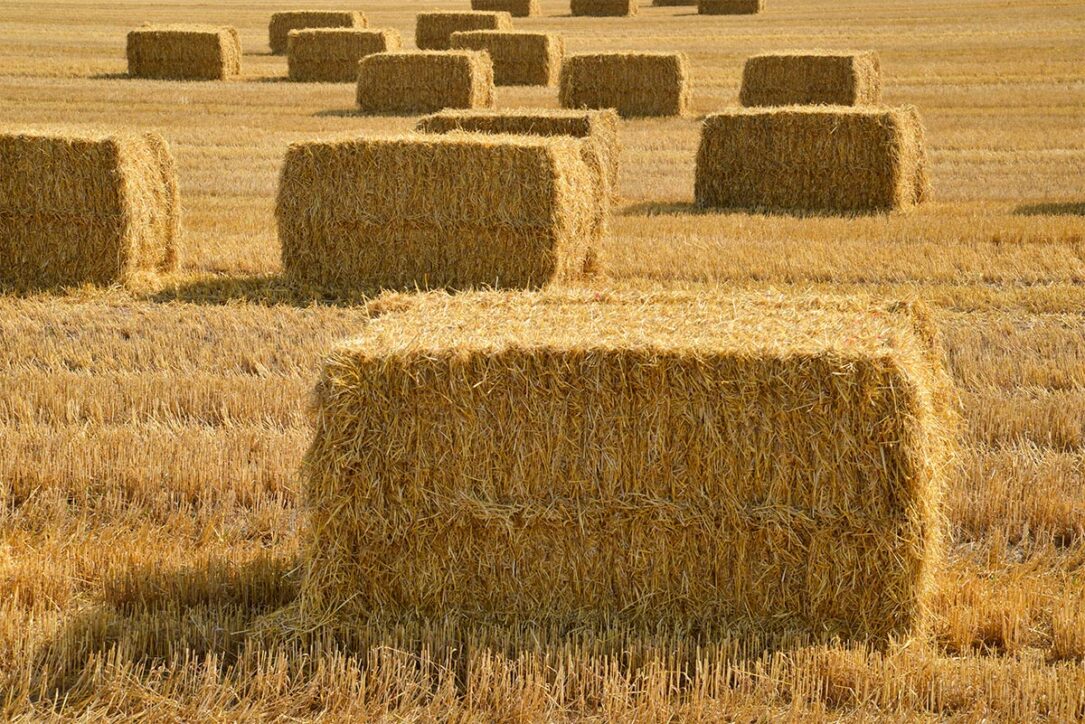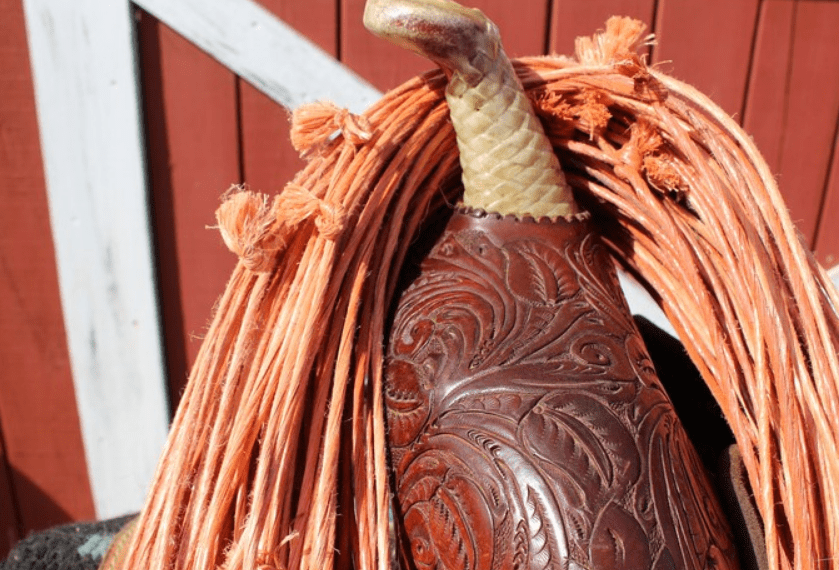4 Benefits That Make Bailing Twine a Must-Have—Even in Everyday Life
When you think of bailing twine, you may be forgiven for thinking it can only be used by farmers to tie bales of hay. While it’s true that this very functional tying material is primarily used in livestock and agricultural settings, it actually has several other applications and benefits to consider.
It’s no secret that Australian farmers prefer baling twine above most other tying options because of its durability, reliability and overall quality. If you’re wondering what you can do with bailing twine, then keep scrolling down.
What Exactly is Bailing Twine?

Simply put, bailing twine is the string used to tie bales of hay. Years ago, bailing twine was made from a range of different natural fibres. These days, users have the choice of twine made from natural fibre (also known as sisal) or UV-stabilised polypropylene (a type of plastic). A plus point of modern twine is that it comes in a wide range of sizes, weights and even colours.
Top Benefits of Using Twine
When you look at a simple piece of twine, you may think it doesn’t have many benefits. However, you’d be surprised to learn that there are multiple reasons why it’s a must-have in many Australian farms and homes.
Suitable for Extreme Weather
Since twine is made from natural fibres, it allows for easy stacking and extended storage. What’s more, baling twine can resist damage from the most extreme weather conditions.
This is why you often see hay bales lying out on the fields for months. There’s no risk of the twine being degraded by sun, snow or rain. More often than not, farmers will even reuse the pieces of twine that they remove from hay bales.
If you start using it at your home or commercial ventures, you’re using a very durable product that won’t need replacement.
Can be Used for a Variety of Applications

As we’ve already mentioned, bailing twine can be used for a bunch of different applications. Aside from its intended use, bailing twine can also be used for:
- Tie things up or down: Use your bailing twine instead of rope or string to tie down everything including loose tarps. This works well in an emergency if you see a storm coming up while you’re out in the fields. Homeowners may also find it useful to protect items from the rain in residential areas.
- Use in the garden: Tie down loose shrubs and bushes to avoid storm damage or help weak plants stand up rather than lie on the ground. Simply tie them to a support with this sturdy twine.
- Hang water bowls: Twine can be used to hang buckets or water bowls to fences to ensure your pets don’t knock their containers over. Keeping the water containers off the ground is also a good way to keep ants out.
- Temporary fixes: Use it to temporarily repair fences or reattach loose sign boards
- Keep doors from slamming shut: Keep your horse or cattle trailer door open as you’re loading or unloading to avoid having a loose door spook your animals. Other Australians may find it helpful whenever they use trailers and need to secure a door while packing and unpacking.
- Braid rugs: Collect small pieces of twine and braid them together to make rugs for your home or pets to lie on in the cooler months.
- Use to stabilise vegetables: Shorter pieces of twine can be used to tie vine vegetables such as cucumbers to their support structures.
- Hanging baskets: Create hanging baskets to keep flowers off the ground.
- Ideal for craft projects: Use coloured pieces of twine in craft projects or to wrap gifts
- Temporary clothesline: Make a temporary clothesline to keep clothes dry while you’re repairing a broken line.
- Make pets toys: Tie loose pieces of twine together to make toys for your pets
- Emergency boot laces: Use as boot laces if yours breaks while you’re out and about. So, keep a spare piece of string on you at all times.
- Create a dog leash: Plait a few pieces together to make a leash to tie your dog to the fence if you don’t want them to stray while you’re fixing your fence post.
Available in a Variety Of Colours

While the average farmer doesn’t particularly care about the colour of their twine, it can come in handy if you’re using the twine for specific reasons. For instance, using coloured twine to wrap gifts will add extra flair. Coloured twine can also be used as part of your wrapping process if you have your own business and frequently wrap parcels for shipment.
Can Easily be Reused
A huge plus about bailing twine is that it can be reused. All you have to do is carefully remove it from your hay bales or your packing material and place it in a container. Next time you need something tied up or down, simply reach for a few pieces of twine.
Since you can easily knot pieces together, you will have the required length in no time.
Final Thought
There are so many benefits to using bailing twine that it’s easy to see why some people opt to keep some on hand at home. With different colours and textures available, simply use what will suit your purpose the best.



